This is the second in a six-part guide for cyclists looking to follow the cross-country bike road across Korea. This guide starts in Incheon in the northwest and ends in Busan in the southeast, but most of the instructions could be reversed for cyclists looking to travel in the other direction.
For an overview of the entire trip, click here. For more detailed information on logistics, including how to rent a bike, navigate, book accommodation and fly with a bike, click here.
Yangpyeong hugs the banks of the Han River, which also means it hugs the cross-country cycling route.
From the Yangpyeong Bicycle Path Area stamp booth, you drop down through a large civic complex, across a couple of roads and onto the riverbank itself, where the cycle path continues. This will take you straight out of Yangpyeong and on to the first stamp point of the day, Ipobo, 15 kilometers (9.3 miles) away.
Between Yangpyeong and Ipobo lies the first steep climb of the journey, a 10 percent incline that is luckily very short, rising to just 80 meters (292 feet) before dropping you straight back down the other side. The majority of this section is on dual-use bike and pedestrian paths, and even in the rain, I regularly had to dodge walkers straddling the entire width of the path. A bell is definitely a must, but sometimes shouting is necessary.
Ipobo is the first of several stamp booths located next to large Korean weirs. This is why the entire cycle network is controlled by K Water, the Korean government water management agency. It was built as part of the larger Four Majors Rivers Restoration project in the 2000s, which addressed both flooding and water scarcity across Korea and aimed to restore the river ecosystems.
This is also why you will often hear the cross-country route referred to as the Four Rivers route (including on some signage along the way), even though it is actually a separate certified medal. To get the Four Rivers title, you have to cycle the Han River, the Nakdong River, the Geum River and the Yeongsan River (more on that later).
Back on the cross-country route, you’ll leave Ipobo and continue south another 15 kilometers to Yeojubo. You get to cycle across the weir here, picking up the stamp on the other side of the river before continuing south past Yeoju itself. If the timing works out, this would be a good place to stop for lunch.
It’s about 15 kilometers from Yeoju to Gangcheonbo, where you cross back over the river, and it’s a particularly picturesque stretch. The river here is starting to look very rural, and you’ll pass the extensive Geumeunmorae campsite and riverside park. Stop here and look across the river -- you can just make out Silleuksa, a temple visible through the trees on the opposite bank.
There’s a convenience store in the Hangang Cultural Center at Gangcheonbo, and it’s worth stocking up because there are 28 kilometers between you and Binaesum and another 30 before you reach Chungju, North Chungcheong.
This section is very rural, and you’ll really start to see how hilly and green the Korean interior is. There’s one steep climb before Binaesum, pushing up to 150 meters, and then you’ll collect your stamp and power on to Chungju.
Outside of Chungju, you have a couple of options. Your cycling passport shows a stamp spot for Chungju Dam, located some 8 kilometers beyond Chungju. This 16-kilometer detour is not necessary for the cross-country certificate, but is needed if you want to complete the Han River or one day go for the Four Rivers. I arrived in Chungju at 8 p.m. after losing half the day to rain, so I was unable to do it, but if you’ve got the time and energy, it’s probably worth tacking on.
Either way, you want to end your day at Chungju Tangeumdae, a large park by the river in Chungju. The stamp here officially starts you on the Saejae Bicycle Path and is a good place to end for the night. Just up the road at Chungju Station, there is a range of cheap motels and a couple of places offering food.
This is the end of the Han River stretch of the cross-country bike tour. If you would rather stop before Chungju, there are plenty of towns to stay in on this stretch of the river. Just be aware that Day 3 will typically see you tackle the mountains, and the closer to Chungju you are, the fresher you’ll be when you get there.
![A waterskier passes in front of Silleuksa, a Buddhist temple outside Yeoju, Gyeonggi, on Sept. 28. [JIM BULLEY]](https://imgnews.pstatic.net/image/640/2025/10/17/0000078373_001_20251021201711879.jpg?type=w860)

![The certification center at Ipobo, or Ipo Weir, in Gyeonggi on Sept. 28. [JIM BULLEY]](https://imgnews.pstatic.net/image/640/2025/10/17/0000078373_003_20251021201712323.jpg?type=w860)

![A view downriver from Yeojubo, a wire on the Han River in Yeoju, Gyeonggi, on Sept. 28. [JIM BULLEY]](https://imgnews.pstatic.net/image/640/2025/10/17/0000078373_005_20251021201712825.jpg?type=w860)
![A man fishes in the Seom River, a subsidiary of the Han River, in Wonju, Gangwon, on Sept. 28. [JIM BULLEY]](https://imgnews.pstatic.net/image/640/2025/10/17/0000078373_006_20251021201712972.jpg?type=w860)


![Day 2 on the Korea Cross Country Cycling Road [KOREA JOONGANG DAILY]](https://imgnews.pstatic.net/image/640/2025/10/17/0000078373_009_20251021201713540.jpg?type=w860)

















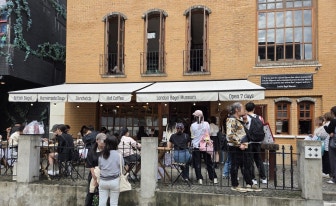













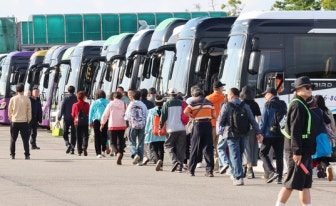







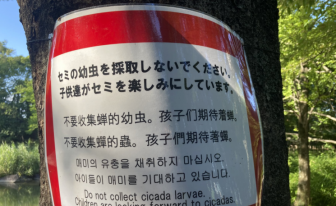
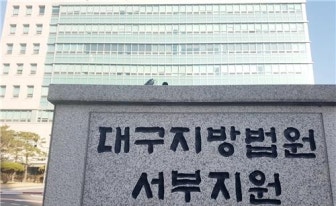

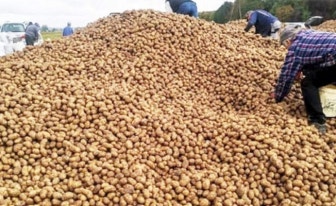


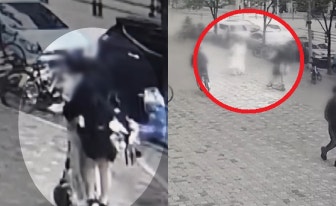
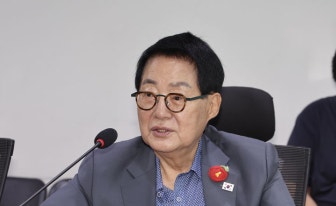











.jpg?type=nf190_130)